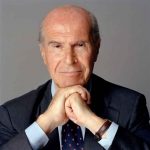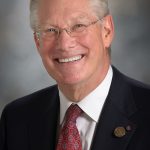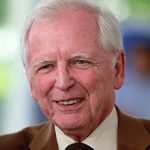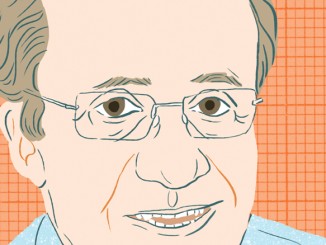“The Big Four of the Millennium” was recently announced at the 61st Congress of the German Society of Gynaecology and Obstetrics. This honor identifies four individuals, whose life’s work created the standards of women’s health that we enjoy today. The four recipients of this honor are:
-

Umberto Veronesi Umberto Veronesi, MD, Knight Grand Cross, OMRI: Trained as an Italian surgical oncologist, who was a major force in advancing breast cancer care by initiating breast-conserving surgery with quadrantectomy. Also, He focused on breast cancer chemoprevention by founding the European Institute of Oncology. Education of physicians was advanced through his European School of Oncology. He was a Senator and the Minister of Health in Italy 2000-2001. He was known simply as the “Most Famous Doctor in Italy”. Veronesi died on November 8, 2016.
-

Craig Jordan Craig Jordan, OBE, Ph.D, DSc, FMedSci, FAACR: Dallas/Ft. Worth Living Legend Chair of Cancer Research in the Department of Breast Medical Oncology at the University of Texas MD Anderson Cancer Center. His translational research in the 1980’s, created a new group of medicines called Selective Estrogen Receptor Modulators (SERMs), for the treatment and prevention of multiple diseases in women. Tamoxifen and raloxifene are his best known contribution as SERMs. Jordan, an American-British pharmacologist, is known as the “Father of Tamoxifen”.
-

Hans-Jörg Senn Hans-Jörg Senn, MD: A Swiss medical oncologist, who dedicated his whole professional life to improving cancer care, first in Switzerland, and then in the rest of the world by founding the internationally famous St. Gallen Breast Cancer Conferences. By training international doctors in the latest advance in breast cancer care, he extended untold numbers of patients’ lives.
-

Harald zur Hausen Harald zur Hausen, MD, FAACR: served as professor of medicine at the University Heidelberg 1983-2003. He is a German virologist by training and was the Chairman and member of the Scientific Advisory Board of the German Cancer Research Center at the University of Heidelberg. In the early 1980’s, together with his colleagues, he identified human papilloma virus (HPV) 16 and 18 in cervical cancers, thereby making it possible to develop a vaccine. As a result, he received the Nobel Prize in Physiology or Medicine in 2008.





